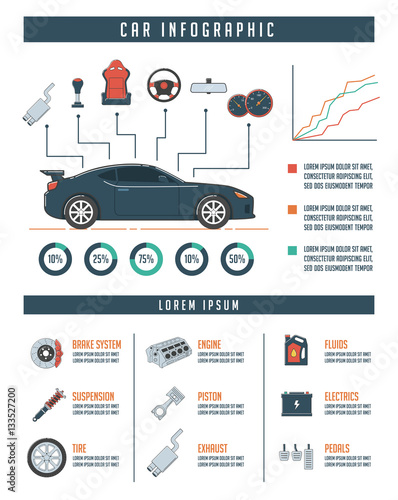Assessing Your Car'S Warning Indicators: What They Actually Communicate
Assessing Your Car'S Warning Indicators: What They Actually Communicate
Blog Article
Posted By-Vinson Winters
When you lag the wheel, those beautiful warning lights on your control panel can be a little bit difficult. Do high end detailing understand what they're attempting to inform you regarding your vehicle's wellness? Recognizing the value of these lights is essential for your safety and security and the durability of your vehicle. So, the following time one of those lights turns up, wouldn't you want to decode its message accurately and take the needed steps to resolve it?
Common Caution Lights and Interpretations
Determine usual caution lights in your cars and truck and comprehend their definitions to ensure secure driving.
One of the most normal caution lights consist of the check engine light, which signals problems with the engine or emissions system. If this light comes on, it's crucial to have your automobile inspected without delay.
The oil pressure advising light shows low oil pressure, needing immediate attention to prevent engine damages.
A flashing battery light may suggest a defective charging system, possibly leaving you stranded otherwise attended to.
The tire pressure surveillance system (TPMS) light signals you to reduced tire pressure, affecting lorry security and fuel performance. Ignoring this can bring about harmful driving conditions.
The ABS light indicates an issue with the anti-lock stopping system, endangering your capability to quit rapidly in emergency situations.
Finally, the coolant temperature alerting light warns of engine overheating, which can cause extreme damages otherwise solved promptly.
Recognizing these usual warning lights will certainly aid you deal with concerns quickly and keep risk-free driving conditions.
Importance of Prompt Interest
Comprehending the common warning lights in your auto is only the very first step; the relevance of without delay resolving these cautions can not be highlighted enough to ensure your safety on the road.
When Continue Reading brightens on your dashboard, it's your vehicle's method of communicating a potential concern that requires attention. Overlooking these warnings can result in a lot more extreme problems in the future, compromising your safety and potentially costing you extra out of commission.
Motivate attention to advising lights can prevent breakdowns and crashes. For instance, a blinking check engine light can suggest a misfire that, if left neglected, can trigger damages to the catalytic converter. Resolving this quickly can conserve you from a pricey repair work.
In a similar way, a brake system alerting light might signify low brake liquid or worn brake pads, crucial elements for your safety when driving.
DIY Troubleshooting Tips
If you notice a warning light on your control panel, there are a couple of do it yourself troubleshooting ideas you can try prior to seeking expert help.
The primary step is to consult your auto's handbook to comprehend what the specific warning light suggests. In some cases the issue can be as straightforward as a loosened gas cap causing the check engine light. Tightening the gas cap might resolve the problem.
Another usual concern is a low battery, which can trigger different advising lights. Checking https://rowanneumc.ourcodeblog.com/30085771/quick-cars-and-truck-outlining-for-beginners-get-it-done-in-under-an-hour for deterioration and ensuring they're safe might take care of the issue.
If a caution light continues, you can attempt resetting it by disconnecting the auto's battery for a couple of mins and after that reconnecting it. In addition, inspecting your car's liquid levels, such as oil, coolant, and brake fluid, can aid troubleshoot warning lights related to these systems.
Conclusion
In conclusion, understanding your automobile's caution lights is essential for maintaining your lorry running efficiently and securely. By immediately addressing these signals and knowing what they imply, you can stay clear of costly repair services and possible breakdowns.
Remember to consult your cars and truck's manual for specific information on each advising light and do something about it accordingly to make certain a hassle-free driving experience.
Keep informed, remain risk-free when traveling!
